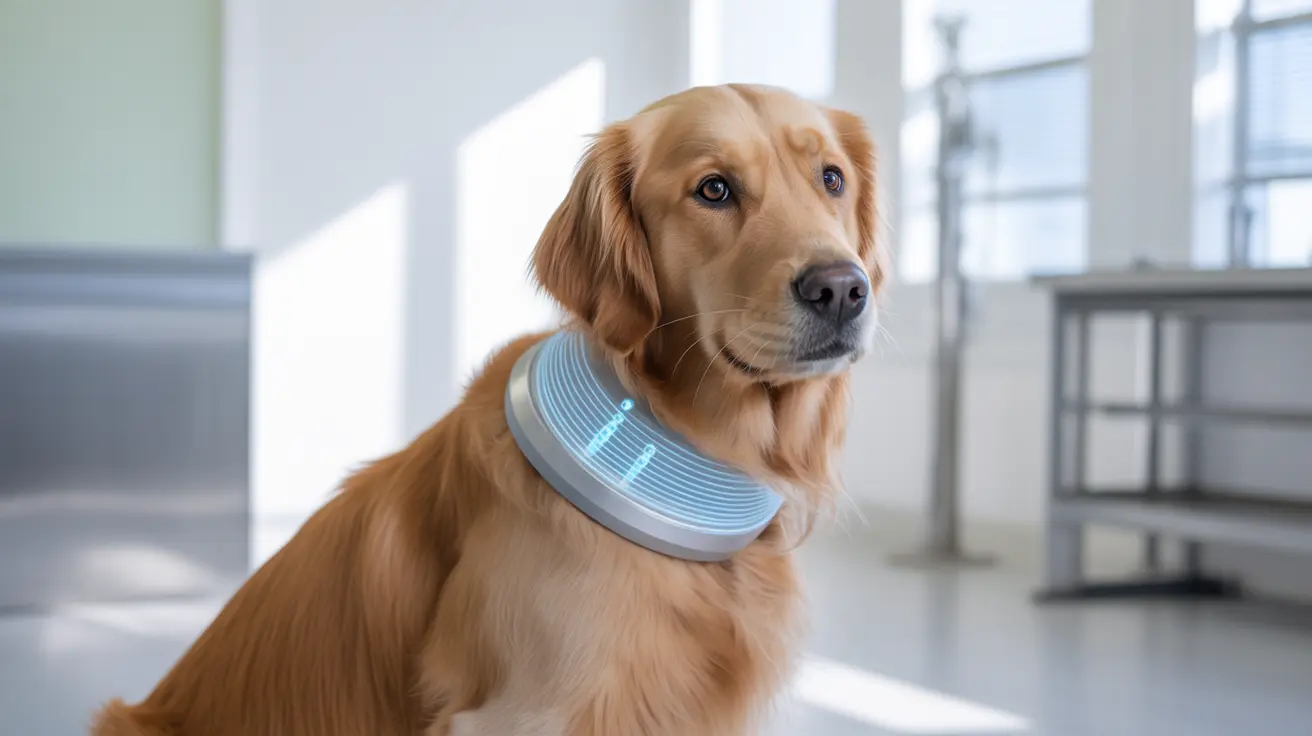Understanding Why Your Dog Keeps Getting Cysts Between Her Toes
Interdigital cysts, medically known as interdigital furuncles, are painful and often recurring lesions that form between a dog's toes. These nodular swellings can significantly impair your pet’s comfort and mobility and usually arise from a combination of physical, environmental, and biological factors. Effective management requires identifying underlying causes and persistent treatment efforts.
What Are Interdigital Cysts?
These cysts appear as red or purple nodules often filled with pus, blood, or a clear fluid. Ruptured cysts may develop open, draining tracts, wrinkling your dog's skin and causing considerable discomfort. These lesions are most frequently observed in short-haired breeds and are commonly found on the forepaws but may also affect the hind feet.
Common Causes of Interdigital Cysts
- Trauma to Hair Follicles: Bristly hairs pushed into the follicles during movement can cause irritation and rupture, leading to inflammation.
- Breed Predispositions: Breeds such as Bulldogs, Labrador Retrievers, Boxers, Basset Hounds, and Shar-Peis are especially susceptible due to their anatomy.
- Allergies: Food and environmental allergens can trigger immune responses causing skin inflammation and excessive licking.
- Obesity and Gait Abnormalities: Excess weight or structural issues increase pressure on the paws, exacerbating follicular damage.
- External Irritants: Foreign bodies like foxtails or seeds can become trapped between toes and cause infection.
- Skin Parasites: The presence of Demodex mites often contributes to inflammation and lesion development.
- Systemic Diseases: Conditions like hypothyroidism or Cushing’s disease may reduce skin immunity and healing capacity.
Clinical Signs and Symptoms
Dogs with interdigital cysts typically exhibit:
- Limping or reluctance to walk
- Obsessive licking or chewing of the paws
- Discolored fur from constant saliva exposure
- Visible nodules or swelling between the toes
- Thickened or callused skin in chronic cases
Diagnosis
A proper diagnosis incorporates clinical evaluation and several diagnostic tools:
- Cytology: Examining the contents of the lesion to detect infection or inflammation.
- Skin Scraping: Helpful to identify mites like Demodex.
- Culture and Sensitivity: Determines the most effective antibiotic for severe infections.
- Biopsy: Useful in recurring or unusual cases to rule out tumors or rare pathogens.
- Bloodwork: To uncover underlying systemic conditions like hormonal imbalances.
- Allergy Testing or Food Trials: Conducted if allergic conditions are suspected.
- Imaging: X-rays or CT scans can identify foreign materials or bone involvement.
Treatment Strategies
Managing interdigital cysts is multifaceted and includes addressing symptoms and root causes:
- Antibiotics and Antiseptics: Systemic antibiotics are often necessary for 4–8 weeks. Topical solutions (like chlorhexidine or miconazole) aid surface-level infections.
- Anti-inflammatory Medications: Prednisone or cyclosporine can reduce inflammation. Topical steroids work for localized issues, while deeper infections might require systemic treatment.
- Underlying Condition Management: Maintain a hypoallergenic diet, treat obesity, and correct gait abnormalities to prevent recurrence.
- Supportive Care: Regular paw cleaning, protective booties, and keeping paws dry can promote healing and prevent new lesions.
- Adjunctive Therapies: Epsom salt soaks and retinoid creams may assist but should be used under veterinary guidance.
- Surgical Intervention: For chronic or unresponsive cases, CO2 laser ablation or fusion podoplasty may be performed, requiring careful post-op care.
Prognosis and Long-Term Management
Most dogs respond well to appropriate treatment, especially if underlying health and environmental factors are managed. However, recurrence is common if the root cause—like allergy, trauma, or paw anatomy—is not resolved. Lifelong care and vigilance may be necessary for some breeds.
Prevention Tips
- Maintain a healthy weight to reduce paw pressure
- Address allergies promptly and thoroughly
- Daily paw inspection after outdoor play
- Use protective footwear on rough terrain or during inclement weather
- Regular vet visits for managing predisposing conditions
Owner Considerations
Managing interdigital cysts can be challenging and emotionally taxing. Patience, consistency, and proper veterinary guidance are crucial. Avoid self-treatment methods like popping cysts—this often worsens the infection. Early intervention significantly improves outcomes and your dog’s comfort.





